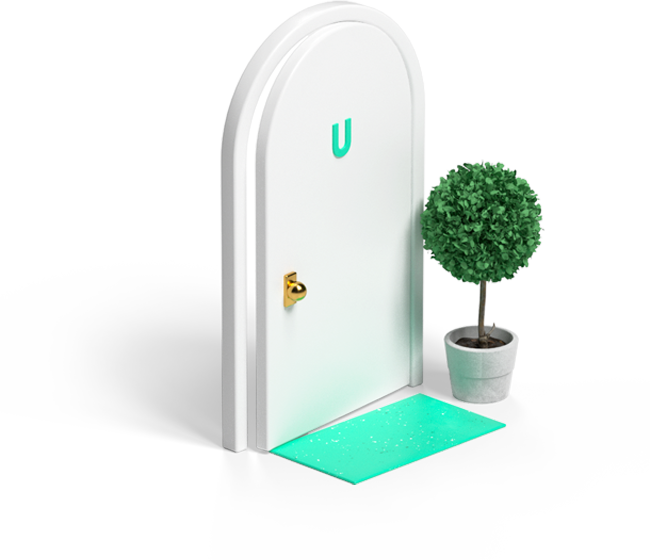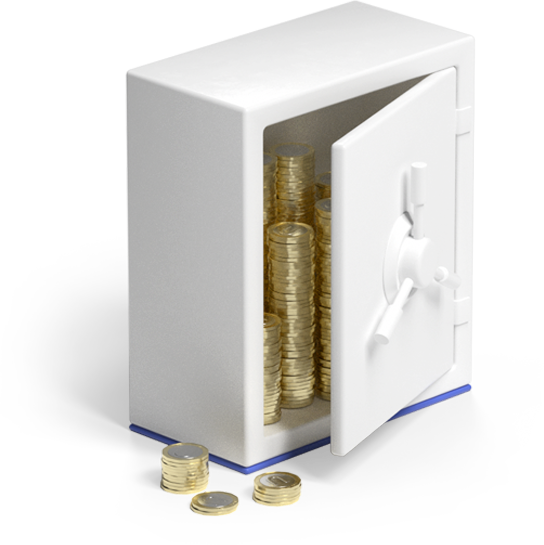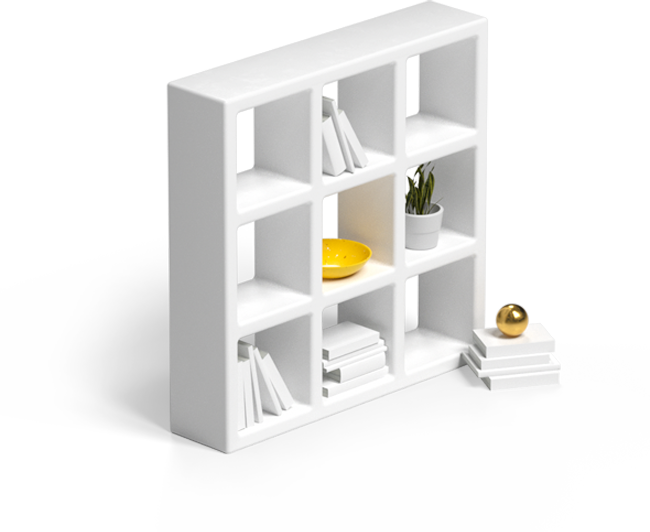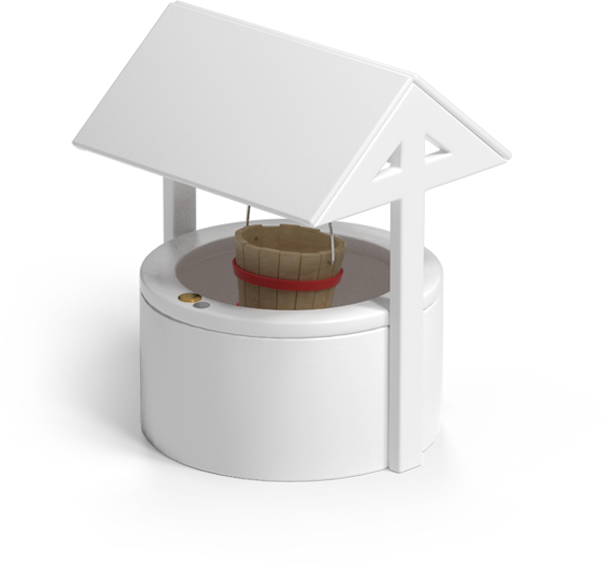A Guide to Buy-To-Let Investments
Many people have an ambition to make money from property, and this can be triggered by a number of different factors; a need or desire to boost your pension, a productive way to use some cash you have inherited or simply a career change and a vehicle through which you can build a business as a property investor.
By Jon Howe4/28/21

A Guide to Buy-To-Let Investments
Many people have an ambition to make money from property, and this can be triggered by a number of different factors; a need or desire to boost your pension, a productive way to use some cash you have inherited or simply a career change and a vehicle through which you can build a business as a property investor.
The type of ambition you have often dictates which area of property investment you seek to enter. You may want to make money quickly and have a hands-on involvement, or you may be happy to accumulate income over the long term and have a passive involvement in how this is done. Buy-to-let property investment can be either or a combination of these things, and hence it is well established as one of the most popular areas of property investment.
Property is a strong and robust market, and even in terms of investment is accessible and understandable for most people. These are big factors in why buy-to-let investment is so popular, but there are definitely pitfalls to buy-to-let investment, and so, like any investment, it is important that you go into it with your eyes wide open and acknowledge the risks of getting involved.
Here we will clearly outline the advantages and disadvantages of buy-to-let property investment and highlight some of the critical factors you need to consider if you are thinking of entering this investment market.
What is a buy-to-let investment?
The journey to managing your own residential property is relatively simple; you find a way to finance it and then you run it whilst you live in it. buy-to-let property investment has some similarities, but in general is very different. When you invest in a buy-to-let property you are effectively starting a small business and you will have responsibilities, as an investor but also as a landlord.
With a buy-to-let property investment you are putting down a cash deposit, arranging a mortgage and purchasing a property, but with the specific intention of then renting the property out to a tenant or tenants, in return for rental income. You can rent the property out as a whole tenancy to one tenant, or as a house of multiple occupation (HMO) to individual tenants, often students.
Once you have bought the property and are committed to entering the buy-to-let market, you are then responsible for getting the property fit for renting, finding tenants, collecting rental payments and maintaining the property in a habitable condition.
This last point is very important, as a landlord you have legal responsibilities to your tenants in terms of health and safety and contractual obligations, so you need to do your research and be watertight on what is required of you.
So on the whole, buy-to-let investment can be lucrative, but you also need to have a combination of legal, financial and property expertise. This is required in order to understand the market but also in dealing with the many decisions you will need to make in managing your investment.
How do you make money from a buy-to-let investment?
There are two well-established ways to make money from buy-to-let investment, and in general terms these can be considered as long and short term income streams.
Rental Yield
Rental income is what you receive, usually on a monthly basis, from the contracted tenants living in your property. This is regular, accessible income that helps you budget and make financial forecasts. For a business, it effectively provides your cash flow and hence is the lifeblood of your business.
The rental yield calculation is very important in making a judgement on a property’s viability, before you proceed with a purchase or investment. This is the property’s rental income offset against the purchase cost, and can be expressed as a percentage. So a typical calculation would be:
One year’s rental income / the purchase price x 100 = rental yield %
For example this could be:
£18,000 (ie. 12 x £1500) / £200,000 x 100 = 9%
Any rental yield % above 5% is generally considered to be good, but of course, this depends on a number of financial factors relating to your personal circumstances, such as how much you have invested in the property, what your financial commitments are and how much you need as a monthly income.
This is also only what is considered a ‘gross rental yield’. You can use this as a general measure when looking at an investment’s feasibility, but a more accurate measure is the ‘nett rental yield’. This takes off maintenance and running costs, plus any investment you make in refurbishing the property to make it fit for market.
A lot of these costs might not be known of course so you will need to make realistic estimates, but the nett rental yield will reduce the % figure considerably and therefore give you a much better indication as to whether you should go ahead with a particular investment.
Capital growth
This is the profit you can earn from the property accumulating value over time whilst you own it, and you then sell it for a higher price than you paid for it. Of course, there is no guarantee of this, and this source of income is very much a long term one unless you are looking to add value quickly and flip the property for an immediate sale.
Inevitably there are a number of risks in depending on capital growth for your income, and you also need to factor in your ongoing mortgage costs. It may be that you will have paid off the mortgage by the time you sell the property, but likewise, you may end up selling the property at a loss and still have outstanding mortgage commitments.
So with each of these two income streams there is considerable research required. Much of this is centred on the type of property you want, the location you want to invest in and the type of tenant you want to market the property for.
Many people only look to invest in the area that they already live in, but this is effectively putting all your eggs in one basket, so if the area plummets in value you face a double-whammy. You are possibly better diversifying and casting your net wider to consider properties in different areas. This requires much more work but could be more lucrative.
If you are looking to rent a property to students, for example, they won’t want to live in a rural area with no amenities, they want to be close to campuses and shops and bars and restaurants. They also have lower expectations for the quality of the property, so these would be cheaper to buy and refurbish.
Likewise, families want to be close to schools and leisure facilities and require more home comforts such as gardens and garages and nicely fitted out kitchens and bathrooms, whilst young professionals want to be in the city centre or near transport links and want a nice place to live, but it doesn’t need to be too big. Matching the right property to your market is critical in being able to find tenants and therefore generating dependable income.
Ultimately, the key to making money from a buy-to-let investment is setting goals and being aware of your ambitions. This allows you to target specific markets and ways to generate income, and also allows you to prepare an exit strategy, ie. when you know the time is right to sell or to change direction.
The pros of buy-to-let property investment
There are many advantages to investing in buy-to-let property compared to other forms of investment, such as savings accounts and stocks & shares, or even other types of property investment. So let’s look at those here:
- The property market is accessible to anyone, is trusted and to a large extent is predictable, certainly compared to stocks & shares which is volatile and largely out of your control.
- Rental income from a buy-to-let investment is regular, accessible and usable cash, which is great as predictable income for budgeting and making forecasts.
- Buy-to-let mortgage interest rates tend to be quite low, but of course this can change.
- There are many ways that you can add value to a property cost-effectively, through refurbishing or adding features such as a driveway, a garage, decking or an extension. These need to be market-appropriate of course, but are a manageable way for you to control the value of your investment.
- Traditionally there is strong rental demand in the property market, so pitched right, you shouldn’t struggle to fill your property with a paying tenant. At the moment the property ladder is difficult for many people to access from the first rung, and this makes affordable rental properties much sought-after.
- It is generally accepted that rent is a cost that rises with inflation, so you should never have a problem implementing fair and reasonable rental increases.
- There are different ways in which you can manage a buy-to-let property, either doing the work yourself or paying a letting agent to look after it for you. This really depends upon your commitment, time and resources, and your ambitions for the property. As a first investment you may be able to commit all the time and effort into managing it, but as you expand your property portfolio, you may want to pay a professional to look after one or more properties for you.
- You can protect your investment through landlord and buildings insurance.
The cons of buy-to-let property investment
On the flip side, you really do need to be aware of a number of pitfalls to investing in buy-to-let property. In fairness, many of these can be avoided by the type of property or market you wish to invest in, or simply by undertaking thorough market research prior to making an investment.
It is also true that some of these disadvantages don’t apply to investors with longer or shorter term goals and ambitions, and are applicable only to certain circumstances, so it is important that you always keep an open mind.
- Investing in property can mean that your money is tied up for a long time, although you will still benefit from rental income.
- Property prices can go up as well as down, so you need to bear in mind that the eventual selling price you agree may not give you a profit, and may not cover what you owe on the mortgage. However, in some circumstances, breaking-even on a property sale is fine if it frees up cash for another property purchase. But essentially, you need to be aware that you might not earn a profit on every investment.
- There are additional risks to borrowing money for investments, in that they can leave you in debt if the investment doesn’t work out. Also, mortgage lenders want to see that the rent you intend to charge will cover their payments and give you an income too, so is that feasible with the property you are looking at?
- There are considerable costs and time involved in owning and running a buy-to-let property.
- Tenants are free to vacate a property at the end of a tenancy contract, or they may leave because of a dispute. Students are also only considered a short term tenant. This provides more work in finding new tenants and** can lead to what is called ‘void’ periods**, where the property is empty and you are receiving no income, but you are still committed to mortgage payments. Many buy-to-let investors have to build contingency capital into their budgets to compensate for these potential problem periods.
- There is a risk of not finding tenants for a property if you have not thought about location, matching the right property to the right type of tenant, or you are not being realistic in the rental charge you are proposing.
- Unforeseen issues can occur with major repairs or problem tenants that can significantly increase your costs.
- There are additional tax obligations for buy-to-let landlords, in that an extra 3% of stamp duty is required for a buy-to-let property. You also need to pay income tax on your rental income, and from April 2020 tax relief for your financial costs is being restricted to the current basic rate of income tax, which is 20% at the moment. In the 2018/19 tax year you could offset 50% of your mortgage interest payments against your rental income, but this is being gradually withdrawn and from the 2020/21 tax year, this will only be a 20% tax credit.
- You will be subject to capital gains tax if you eventually make a profit from selling a buy-to-let property.
Is buy-to-let still a good investment?
Yes it is. The level of income you can earn can change according to the type of property, the location and the tenancy market you are entering, but pitch all this right and you can look forward to regular rental income and the likelihood of a capital growth profit in line with the market position at the time of sale.
That said, there is an awful lot of work involved to enable you to find yourself in this position. The UK buy-to-let market is not as lucrative as it once was, due to the Government’s clampdown on landlords via the stamp duty levy and the reduction in tax relief.
However, a sound buy-to-let investment should still offer better rewards than most savings investments – where interest rates are currently very low – and also provide a more predictable and stress-free investment than through stocks & shares, where volatility offers fewer dependable metrics that you can use to judge the risk of your investment.
Investing in property, and specifically a buy-to-let property, can provide a dependable boost to your pension scheme (whatever investments you are using as alternatives to pensions) or provide you with regular income.
Some savings or stock market investments can accumulate value quicker and can be sold quicker, and so your cash is more accessible. But those markets are much less predictable, and your circumstances may dictate that you don’t necessarily need that ready access to your money.
The important factor, as mentioned earlier, is to do your research and invest in the right property. You can certainly aim to invest in a property that is more likely to earn money from capital growth – and hence may require more capital investment from yourself to help add that value – or you could aim to buy a cheaper property that is guaranteed to provide regular rental income – such as a student property or a small apartment suited to a young professional couple – but is not likely to grow in value.
It is possible, but more difficult, to find a balance that provides both of these income streams, but that perhaps requires more buy-to-let experience. In summary, however, the buy-to-let investment market offers plenty of challenges and more than it used to, but it still represents a more manageable and reliable source of income than many other investment markets.
Take a look at our other articles




